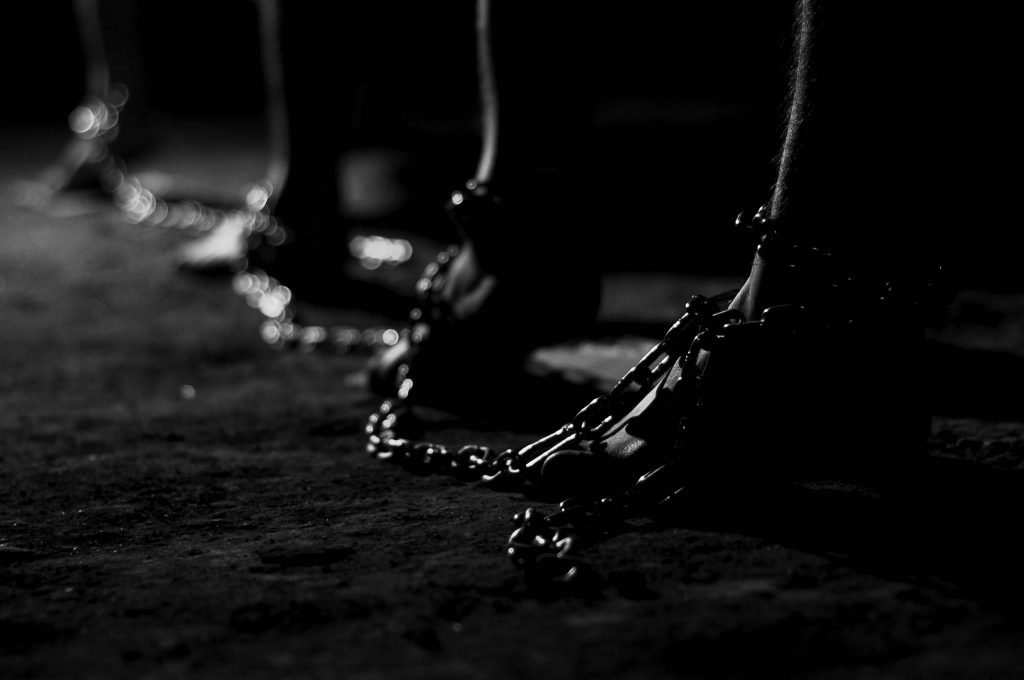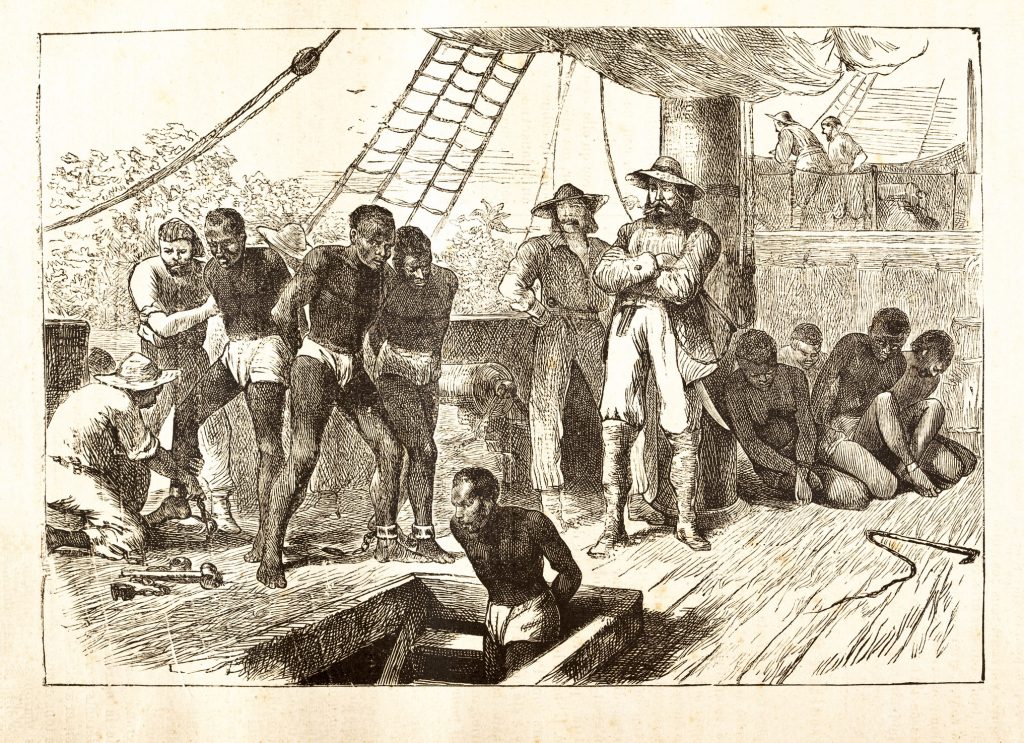Emancipation Day: 10 Quick Facts about the Slave Trade in the Caribbean
by Karen Rollins Aug 2, 2021

Several English-speaking countries in the Caribbean recognise Emancipation Day annually on 1 August.
This date
was chosen because slavery was officially outlawed throughout the British Empire
on 1 August 1834 through an act of parliament that was passed the previous
year.
However,
enslaved people had to continue working for their owners during a so-called
“apprenticeship”, which meant they would not be fully emancipated until 1
August 1838.
Here are
some other facts about the British slave trade and emancipation:
- Over a 200-year period, British slave traders kidnapped an estimated 3.4 million people along the west coast of Africa and trafficked them to the Americas. Around 2.9 million people survived the journey across the Atlantic Ocean through the ‘middle passage’.
- According to American historian, Michael Craton, author of the book ‘Testing the Chains’, there were an estimated 75 slave plots and rebellions in the British West Indies between 1638 to 1838.
- In 1776, the British parliament debated its first anti-slavery motion, which proposed that “the slave trade is contrary to the laws of God and the rights of men”.
- The Society for the Abolition of the Slave Trade, led by Thomas Clarkson, began agitating for abolition in the UK in 1787. Politician William Wilberforce also took up the nationwide campaign and petitioned parliament on a mass scale.
- Former enslaved African Olaudah Equiano published his autobiography ‘The Interesting Narrative and Other Writings’ in 1789. It would play a key role in the argument for abolition.

- Over 13 years, Haiti fought for its freedom and eventually staged the only successful slave rebellion in the world. The country was officially declared an independent republic on 1 January 1804. (vallartainfo.com)
- On 1 May 1807, legislation was finally passed in the UK, making it illegal for any British ship or British subject to trade in enslaved people, but the trade was still legal in the Caribbean.
- In 1823, Wilberforce, Clarkson and others formed the Anti-Slavery Society. The group pushed for the complete emancipation of enslaved people, and in 1833 the Slavery Abolition Act received Royal Assent. The law took effect on 1 August 1834.
- On 1 August 1985, Trinidad and Tobago was the first country to declare Emancipation Day as a national holiday, replacing Columbus Discovery Day.
- The International Day for the Remembrance of the Slave Trade and its Abolition is recognised on 23 August.
—
Did you
know? Following emancipation,
the British government made available £20,000,000 to pay for ‘damages’ suffered
by the owners of registered slaves, but nothing was ever paid to the enslaved.








